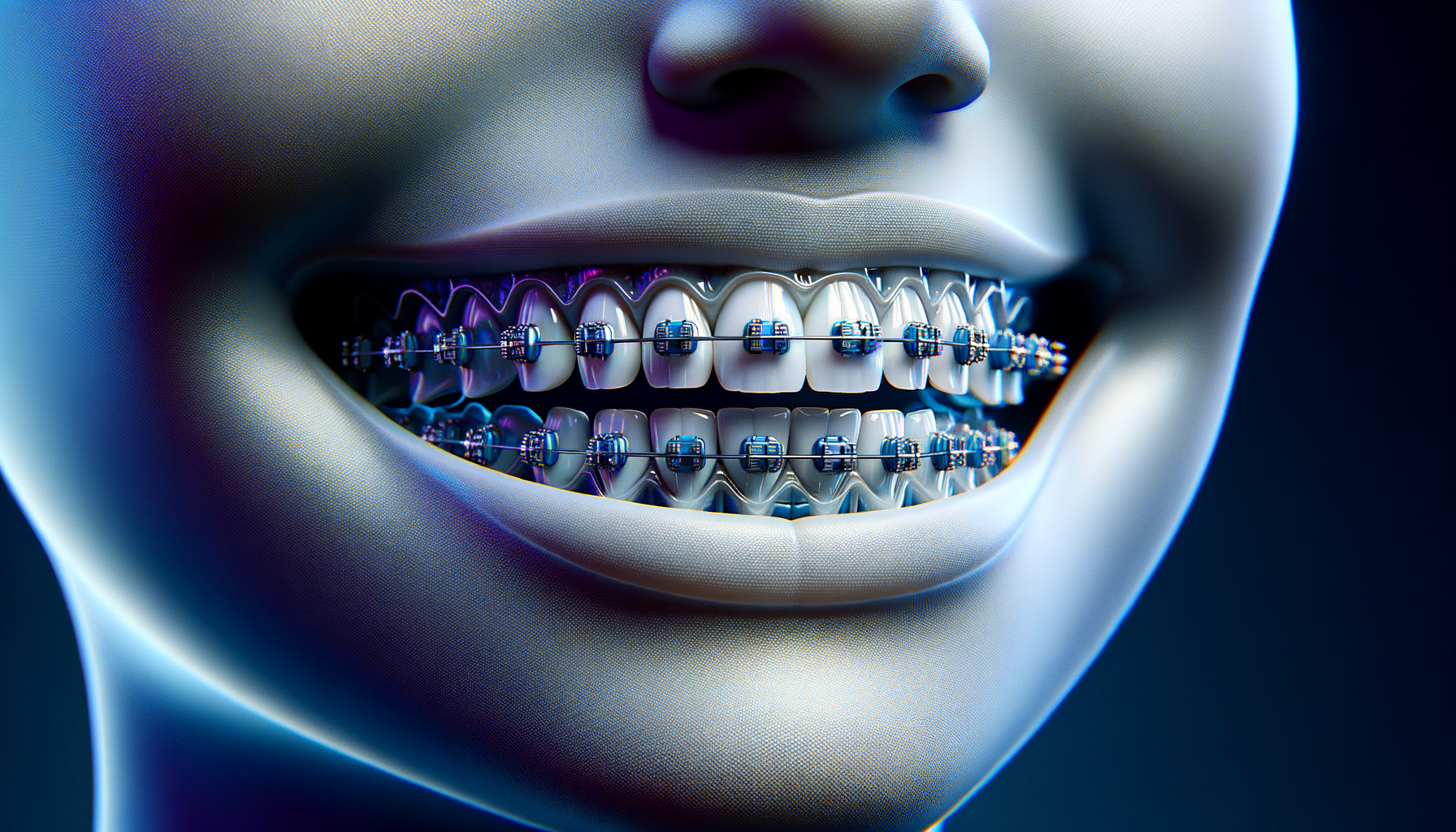What Are Dental Braces?
Dental braces are appliances used in orthodontics to align and straighten teeth, correct bite issues, and ultimately improve dental health. They work by applying continuous pressure over time, gradually moving teeth in a specific direction. This process is not only about aesthetics but also about improving overall oral health, as misaligned teeth can lead to a host of problems, including tooth decay, gum disease, and difficulty in chewing.
Braces are typically made up of brackets, wires, and bands. The brackets are attached to the teeth, while wires are threaded through them. Bands are used to anchor the braces to the teeth. Over time, the wire is adjusted to apply pressure on the teeth, guiding them into the desired position. The journey to a perfect smile can take anywhere from a few months to a couple of years, depending on the complexity of the case.
Braces are not just for children or teenagers. Adults are increasingly opting for orthodontic treatments to correct long-standing dental issues or to improve their smile. The evolution of braces means there are now more discreet options available, making them a viable choice for people of all ages.
Types of Dental Braces
The world of dental braces has evolved significantly over the years, offering a variety of choices to suit different needs and preferences. The most common types include:
- Traditional Metal Braces: These are the most common type and are made of high-grade stainless steel. They are highly effective and often the most affordable option.
- Ceramic Braces: These are similar to metal braces but are made of a clear or tooth-colored material, making them less noticeable.
- Lingual Braces: These braces are attached to the back of the teeth, hiding them from view. They can be more challenging to clean and adjust but offer a discreet option for those conscious about aesthetics.
- Clear Aligners: These are a series of custom-made, clear plastic trays that fit over the teeth. They are removable, making them a convenient option for many patients.
Each type has its pros and cons, and the choice often depends on individual needs, lifestyle, and budget. Consulting with an orthodontist can help determine the most suitable option for each case.
The Process of Getting Braces
Getting braces involves several stages, beginning with a comprehensive evaluation by an orthodontist. During this initial consultation, the orthodontist will assess the patient’s teeth, take X-rays, and make molds of the teeth to plan the treatment.
Once a treatment plan is established, the braces are applied. This process typically takes one to two hours. The orthodontist will clean and dry the teeth before attaching the brackets with a special adhesive. Wires are then threaded through the brackets and secured with bands.
Regular visits to the orthodontist are necessary to adjust the wires and ensure the teeth are moving as planned. These adjustments are crucial for the success of the treatment and usually occur every 4 to 6 weeks.
Throughout the treatment, maintaining excellent oral hygiene is essential. Brushing and flossing can be more challenging with braces, but using special tools like interdental brushes and water flossers can help keep the teeth and braces clean.
Benefits of Dental Braces
The benefits of dental braces extend beyond achieving a beautiful smile. Properly aligned teeth are easier to clean, reducing the risk of cavities and gum disease. A corrected bite can alleviate strain on the jaw muscles, potentially reducing headaches and jaw pain.
Braces can also improve speech and chewing functions, enhancing overall quality of life. For many, the boost in self-esteem and confidence that comes with a straight, healthy smile is invaluable.
While the process requires time and commitment, the long-term benefits of braces make them a worthwhile investment in oral health and personal well-being.
Challenges and Considerations
While braces offer numerous benefits, they also come with challenges. The initial discomfort and soreness as teeth begin to move can be daunting. Adapting to dietary restrictions, such as avoiding sticky and hard foods, is another adjustment patients must make.
Braces also require a commitment to maintaining oral hygiene, as food particles can easily become trapped, leading to plaque buildup if not properly cleaned. This makes the regular use of orthodontic cleaning tools vital.
Cost is another consideration, as braces can be a significant financial investment. However, many orthodontists offer payment plans to make the process more affordable. It’s important to weigh these factors and discuss them with an orthodontist to make an informed decision.




Leave a Reply